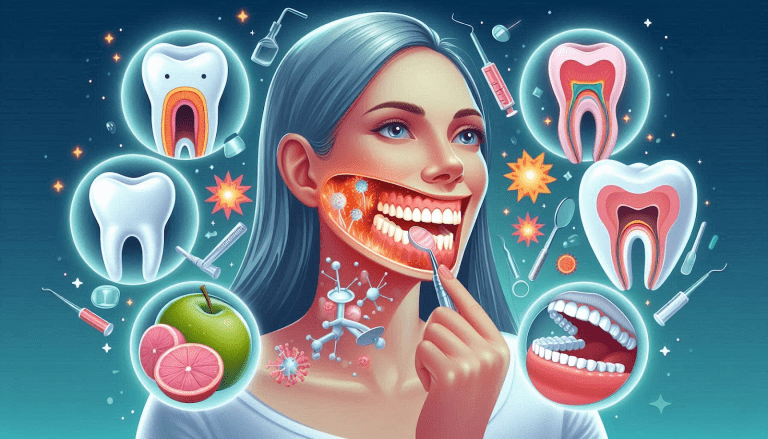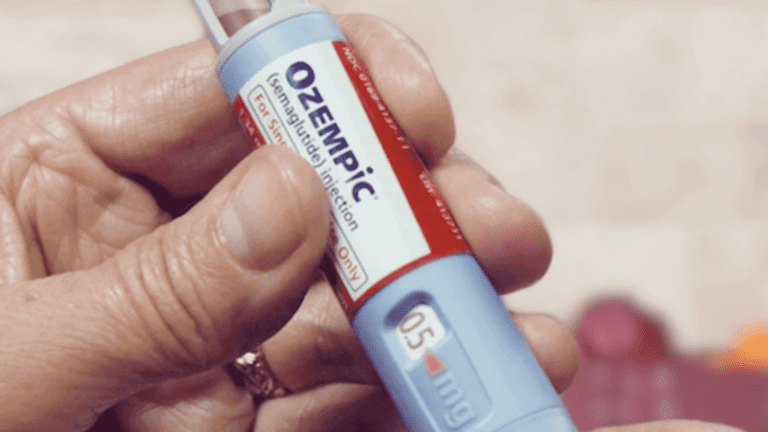Unveiling the Common Causes of Sexual Dysfunction

Sexual dysfunction is a topic that often carries a stigma, but it’s a reality faced by countless individuals worldwide. This multifaceted issue can manifest in various forms, including low libido, erectile dysfunction, premature ejaculation, or an inability to achieve orgasm. Regardless of the specific condition, being sexually broken can have a profound impact on relationships, self-esteem, and overall well-being.
While open conversations about sexual health are becoming more commonplace, many people still struggle with understanding the underlying causes of sexual dysfunction. By shedding light on these common factors, we can foster a greater understanding and encourage individuals to seek necessary support and treatment.
1. Psychological and Emotional Factors
Our mental and emotional state plays a significant role in our sexual health and function. Stress, anxiety, depression, and low self-esteem can all contribute to diminished sexual desire or performance. Relationship issues, such as unresolved conflicts, lack of intimacy, or trust issues, can also negatively impact sexual function and leave individuals feeling sexually broken.
2. Medical Conditions and Medications
Various medical conditions can disrupt sexual function, either directly or as a side effect of treatment. Chronic illnesses like diabetes, cardiovascular disease, and neurological disorders can impair blood flow, nerve function, or hormone levels, all of which are crucial for sexual arousal and performance.
Certain medications, including antidepressants, blood pressure medications, and chemotherapy drugs, can also hurt sexual function. Individuals need to discuss potential sexual side effects with their healthcare providers and explore alternative treatment options when necessary.
3. Hormonal Imbalances
Hormones play a crucial role in regulating sexual desire, arousal, and satisfaction. Imbalances in hormones like testosterone, estrogen, and prolactin can contribute to diminished libido, erectile dysfunction, or difficulty achieving orgasm, leaving individuals feeling sexually broken.
Hormonal changes can occur naturally due to aging, menopause, or andropause, but they can also result from underlying medical conditions like thyroid disorders, polycystic ovary syndrome (PCOS), or pituitary gland dysfunction.
4. Age and Lifestyle Factors
As individuals age, there’s a natural decline in sexual function and desire. This can be attributed to various physiological changes, such as decreased hormone levels, reduced blood flow, and changes in neurological function.
Additionally, lifestyle factors like excessive alcohol consumption, smoking, lack of physical activity, and poor diet can contribute to sexual dysfunction by impacting cardiovascular health, hormone levels, and overall well-being, potentially leaving individuals feeling sexually broken.
5. Relationship and Intimacy Issues
Sexual dysfunction can stem from difficulties within a relationship or challenges in establishing emotional intimacy with a partner. Lack of communication, unresolved conflicts, or incompatible sexual desires can create barriers to sexual fulfillment and satisfaction.
In some cases, external stressors like financial concerns, work-related issues, or family problems can also spill over and negatively impact sexual intimacy and function.
6. Body Image and Self-Confidence
Body image and self-confidence play a significant role in sexual function and satisfaction. Individuals who struggle with negative body image or low self-esteem may experience performance anxiety, diminished desire, or difficulty achieving orgasm, leading to feelings of being sexually broken.
Societal pressures and unrealistic beauty standards can contribute to these issues, making it essential to foster a positive and accepting attitude towards one’s body and sexuality.
7. Lack of Sexual Education and Awareness
Insufficient sexual education or lack of awareness about sexual health can also contribute to sexual dysfunction. Misinformation, misconceptions, or a limited understanding of anatomy and physiology can lead to unrealistic expectations, performance anxiety, or difficulty communicating sexual preferences and needs, leaving some individuals feeling sexually broken.
Addressing this knowledge gap through comprehensive sexual education and open conversations can empower individuals to better navigate their sexual experiences and seek appropriate support when needed.
Seeking Professional Help
While sexual dysfunction can be a sensitive topic, it’s important to recognize that it’s a common issue and that professional help is available. Healthcare providers, such as primary care physicians, gynecologists, urologists, or sexual health specialists, can help identify the underlying causes and provide appropriate treatment options for those feeling sexually broken.
Depending on the root cause, treatment may involve counseling or therapy to address psychological or relationship issues, medication to address hormonal imbalances or medical conditions, or a combination of approaches.
It’s crucial to have open and honest conversations with healthcare providers, as well as partners, to ensure that all aspects of sexual health and well-being are addressed.
Breaking the Stigma and Fostering Open Conversations
Despite its prevalence, sexual dysfunction often remains a taboo subject, shrouded in stigma and misconceptions. This can prevent individuals from seeking the support and treatment they need, leading to further distress and isolation, exacerbating feelings of being sexually broken.
By fostering open and honest conversations about sexual health, we can break down these barriers and create a more supportive and inclusive environment. This includes challenging societal norms and promoting body positivity, as well as encouraging frank discussions about sexual function and satisfaction within personal relationships.
Additionally, educational initiatives and public awareness campaigns can play a vital role in demystifying sexual dysfunction, providing accurate information, and promoting healthy attitudes toward sexuality and intimacy.
Conclusion
Sexual dysfunction is a complex issue with multiple potential causes, ranging from psychological and emotional factors to medical conditions, hormonal imbalances, and lifestyle choices. By understanding these common underlying factors, individuals can take proactive steps to address their concerns and seek appropriate support for feeling sexually broken.
Seeking professional help, fostering open communication with partners and healthcare providers, and challenging societal stigmas are crucial steps in promoting sexual health and well-being. Ultimately, by embracing a more inclusive and compassionate approach to sexual dysfunction, we can empower individuals to embrace their sexuality and experience fulfilling and satisfying intimate relationships.





